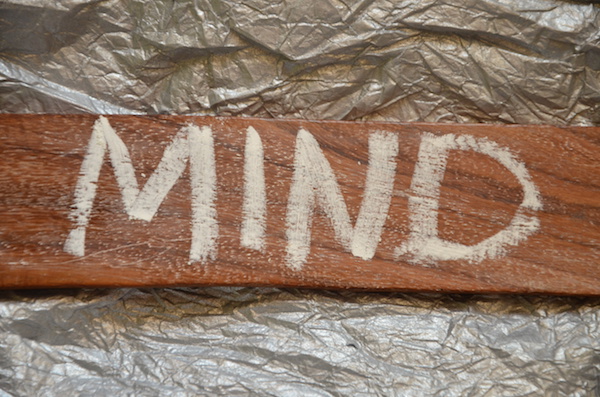
THURSDAY, May 6 (HealthDay News) — The United States is not doing enough to reduce the incidence of environmentally induced cancers, a risk that has been “grossly underestimated,” a special report released Thursday by the President’s Cancer Panel shows.
In particular, the authors pointed to the apparent health effects of 80,000 or so chemicals, including bisphenol A (BPA), that are used daily by millions of Americans. Studies have linked BPA with different types of cancer, at least in animal and laboratory tests.
“The real burden of environmentally induced cancer greatly underestimates exposure to carcinogens [and] is not addressed adequately by the National Cancer Program,” said Dr. LaSalle D. Leffall Jr., chair of the panel and Charles R. Drew professor of surgery at Howard University College of Medicine in Washington, D.C. “We need to eliminate these carcinogens from workplaces, homes and schools, and we need to start doing that now. There’s ample opportunity for intervention and change, and prevention to protect the health of all Americans.”
The American Cancer Society, however, has painted a less grim picture of progress in the last several decades.
“What does not come across is the very large amount that has been learned about the causes of cancer and prevention efforts to address them,” said Dr. Michael Thun, vice president emeritus of epidemiology and surveillance research at the American Cancer Society. “Tobacco control is probably the single biggest public health accomplishment of the past 60 years. They are advocates for this particular focus of cancer prevention, but cancer prevention is much broader than this.”
Despite advances, cancer is still a major public health problem in the United States and about 41 percent of Americans will be diagnosed with cancer at some point in their lives, the report stated. Twenty-one percent will die of the disease.
The panel is an advisory group appointed to monitor the development and execution of the National Cancer Program. The group’s report addresses a different topic every year.
This year’s document stated that while chemicals such as radon, formaldehyde and benzene are ubiquitous in the United States and exposure is commonplace, the public is not aware of the harm these chemicals may be causing to individuals.
Also, the very tools that help doctors detect, diagnose and treat diseases such as cancer — different forms of medical imaging involving radiation — may be hurting patients’ health. Leffall hopes the report will raise awareness of the issue, while not discounting use of medical imaging when it really is warranted.
“This report makes me think twice about it,” he said.
The report also “outed” the military as a leading source of occupational and environmental exposure to carcinogens.
“The military is a major source of toxic occupational and environmental exposure, in particular radiation exposure, for instance, when they have buried things and have contaminated soil and water due to nuclear weapons testing,” Leffall said. “This is something the government controls. We think there’s something that can be done now.”
The report also urged health-care providers to be aware of and ask patients about possible environmental exposures.
The panel urged far-flung members of the community — government, industry, researchers, health-care workers, advocates and individuals — to work to reduce environmentally induced cancers.
“Much more research needs to be done about the role of chemicals,” Leffall said. “Chemicals have been understudied in many areas and really unregulated. We think that rather than just asking if a food will spoil without this chemical, what are the side effects, what else could we be using? We need pesticides but the whole idea is to just look at those issues.”
More information
View the full report at the President’s Cancer Panel.

